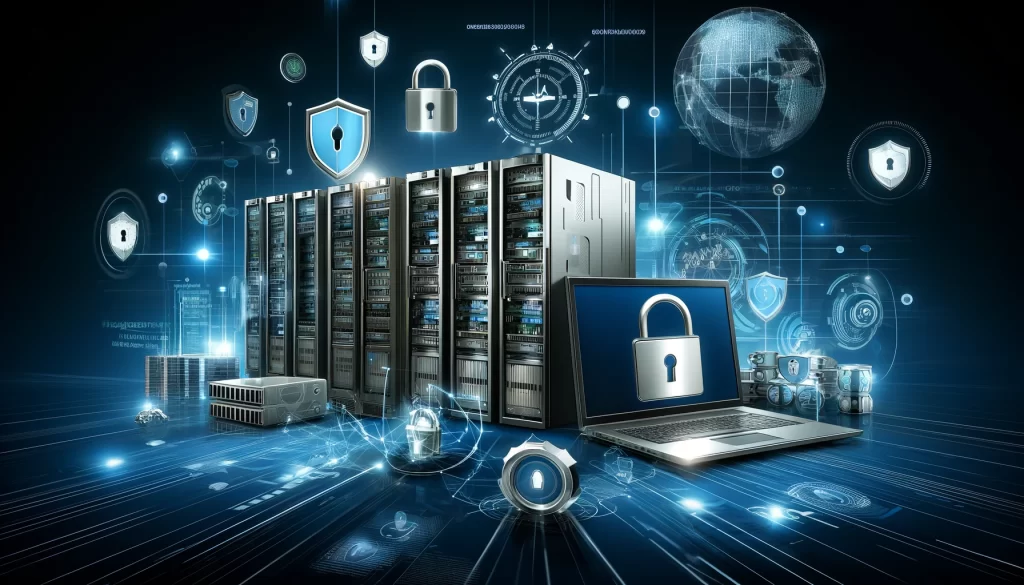ntroduction In the rapidly evolving digital landscape of 2024, protecting your personal and business data has never been more critical. Cyber threats are becoming increasingly sophisticated, making it essential for individuals and organizations alike to prioritize security measures. This comprehensive guide to cybersecurity will provide you with the latest insights, strategies, and online security tips to safeguard your information effectively.
Understanding Cybersecurity Cybersecurity involves protecting systems, networks, and programs from digital attacks. These cyberattacks are usually aimed at accessing, changing, or destroying sensitive information, extorting money from users, or interrupting normal business processes. Implementing effective cybersecurity measures is particularly challenging today because there are more devices than people, and attackers are becoming more innovative.
Key Components of Cybersecurity
- Network Security: Protects network traffic by controlling incoming and outgoing connections to prevent threats from entering or spreading within the network.
- Application Security: Focuses on keeping software and devices free of threats. A compromised application could provide access to the data its designed to protect.
- Information Security: Protects the integrity and privacy of data, both in storage and in transit.
- Operational Security: Includes the processes and decisions for handling and protecting data assets. The permissions users have when accessing a network and the procedures that determine how and where data may be stored or shared all fall under this umbrella.
- Disaster Recovery and Business Continuity: Defines how an organization responds to a cyber-security incident or any other event that causes the loss of operations or data. Disaster recovery policies dictate how the organization restores its operations and information to return to the same operating capacity as before the event. Business continuity is the plan the organization falls back on while trying to operate without certain resources.

Cybersecurity Threats in 2024 The cyber threat landscape is constantly evolving, but some of the most common threats in 2024 include:
- Phishing Attacks: These are fraudulent attempts to obtain sensitive information such as usernames, passwords, and credit card details by disguising as a trustworthy entity in an electronic communication.
- Ransomware: A type of malicious software designed to block access to a computer system until a sum of money is paid.
- Deepfakes: Sophisticated AI-generated audio or video clips that look and sound like real footage, used to spread misinformation or commit fraud.
- IoT Attacks: These attacks target interconnected devices that can be controlled through the internet.
Protecting Your Data in 2024: Cybersecurity Guide To effectively protect your data in 2024, consider the following online security tips:
- Use Strong, Unique Passwords: Make sure each of your accounts has a strong, unique password. Consider using a password manager to keep track of your passwords.
- Keep Your Software Updated: Regular software updates are crucial because they often include patches for newly discovered security vulnerabilities that could be exploited by attackers.
- Educate Your Team: In businesses, it’s essential to train employees about basic security practices and the importance of maintaining a high level of cybersecurity awareness.
- Implement Multi-Factor Authentication: This adds an additional layer of security by requiring multiple methods to verify your identity. This could include something you know (password), something you have (a smartphone), or something you are (fingerprint).
- Regularly Back Up Your Data: Ensure your data is backed up regularly, and that you can access it in the event of a data breach or another disaster.
Conclusion Cybersecurity is a critical aspect of managing any digital data in 2024. By understanding the risks and implementing robust security practices, both individuals and organizations can protect themselves from significant threats. Remember, the goal is not only to defend but also to prepare so that you can respond swiftly and effectively in the event of a breach.

